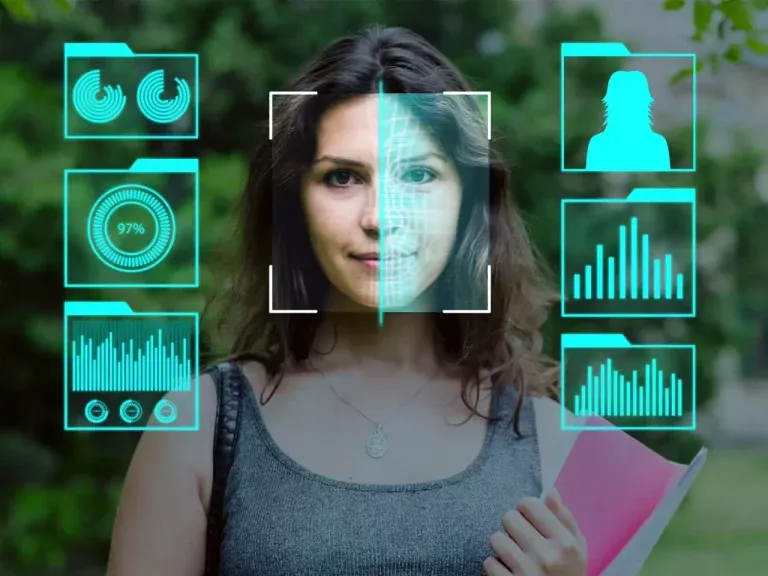How Federated Learning is Transforming Privacy-Preserving Video Analytics on the Edge

Introduction
As the adoption of AI-powered video analytics grows—from smart cities and traffic management to healthcare and retail surveillance—so does the concern about privacy. Traditional video analytics systems require footage to be uploaded to centralized servers for processing. But this model poses serious risks: data breaches, bandwidth limitations, and non-compliance with data protection regulations like GDPR and HIPAA.
Enter Federated Learning—a revolutionary approach to AI training that keeps raw data exactly where it originates: on the edge devices. In this post, we explore how federated learning is reshaping privacy-first video analytics and how tools like Prexable can help democratize access to these technologies.
What is Federated Learning?
Federated Learning (FL) is a machine learning technique where models are trained across many decentralized devices or servers holding local data samples, without ever exchanging them. Instead of sending data to the cloud, each edge device trains the model locally and only shares model updates (like gradients or weights) with a central server. The central server then aggregates these updates to improve the global model.
Think of it as crowdsourced AI training—but with privacy baked in.
Why Federated Learning Matters for Video Analytics
Video data is among the most sensitive and voluminous data types. In traditional workflows, high-resolution video streams are uploaded for centralized analysis, creating multiple points of vulnerability. Federated Learning offers a compelling alternative:

No raw video is uploaded to the cloud, significantly reducing privacy risks and data exposure.

With only model weights transmitted, organizations save massive amounts of bandwidth and cloud storage costs.

Inference and even training can occur locally, enabling real-time responses without latency from cloud roundtrips.

Federated models make it easier to comply with regional data sovereignty laws and international standards like GDPR.
Real-World Use Cases

Traffic cameras at intersections can learn to detect congestion patterns or accidents in real time—without sending footage to a central server.

Edge devices in retail stores can analyze foot traffic, dwell time, and shelf engagement locally, preserving shopper anonymity.

Hospitals can monitor patient movement for fall detection or room utilization without compromising patient privacy.

Behavioral detection systems can be trained to identify safety threats without exposing student identities.
The Role of Edge Devices in FL
Federated Learning thrives at the edge—on devices like IP cameras, smart DVRs, and AI-powered gateways. These devices are increasingly capable of running deep learning models, especially with the rise of edge accelerators (e.g., Google Coral, NVIDIA Jetson, Intel Movidius).
Key enablers include:
– On-device GPU/TPU for local training
– Secure model aggregation protocols
– Lightweight neural networks (MobileNet, EfficientNet, etc.)
Where Prexable Fits In
At Prexable, we’ve built a drag-and-drop platform that empowers users to deploy advanced video analytics pipelines without writing a single line of code. Integrating Federated Learning into this framework is the natural next step.
Here’s how Prexable supports FL-based pipelines:
– Node-based pipeline design for edge deployments
– On-device inference capabilities to handle privacy-sensitive applications
– Integration-ready APIs for federated model aggregation and coordination
– Support for lightweight model formats (ONNX, TensorFlow Lite, etc.)
Imagine this: a user drags in a “Person Detection” block, specifies that training should be federated, selects participating edge devices, and hits “Deploy”. Behind the scenes, Prexable handles model distribution, edge-device coordination, and central aggregation—all with robust security protocols.
Challenges and Considerations
Despite its promise, Federated Learning is not without its challenges:
– Model Drift: Devices with different environments may contribute conflicting updates.
– Limited Compute: Not all edge devices are powerful enough for on-device training.
– Network Reliability: Federated systems rely on intermittent but secure communication.
– Security Risks: Adversarial attacks on model updates (e.g., poisoning) are still an open research area.
Fortunately, many of these issues are being addressed through:
– Federated Averaging with robustness enhancements
– Secure aggregation and differential privacy
– Split learning and hybrid approaches
– Hardware acceleration for embedded systems
Looking Ahead: The Future of Ethical AI at the Edge
The demand for ethical, privacy-aware AI is only growing. Whether driven by legislation, public sentiment, or competitive advantage, businesses are now expected to do more with less data exposure.
Federated Learning, especially when paired with edge-based video analytics platforms like Prexable, is not just a technical upgrade—it’s a paradigm shift. It enables scalable intelligence, responsible data handling, and decentralized innovation.
Final Thoughts
At Prexable, we believe that privacy should not come at the cost of innovation. By integrating Federated Learning into our visual AI workflows, we empower developers, system integrators, and organizations to build smarter, safer, and more responsible video solutions.
If you’re interested in experimenting with privacy-preserving video analytics at the edge—or want to know how to integrate Federated Learning into your own applications—get in touch with us today.